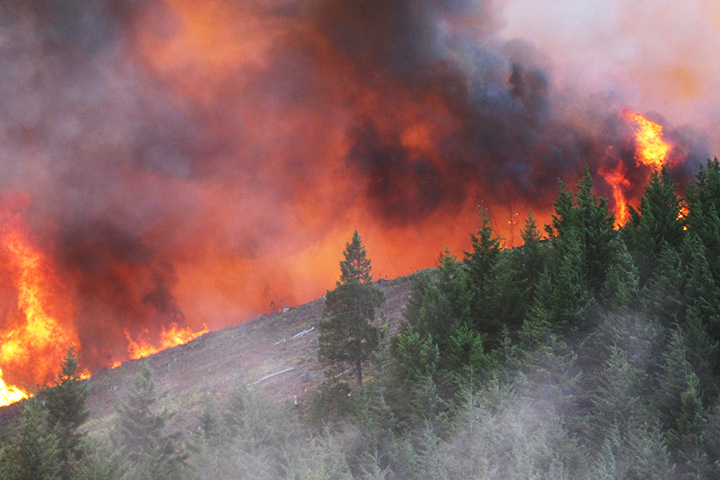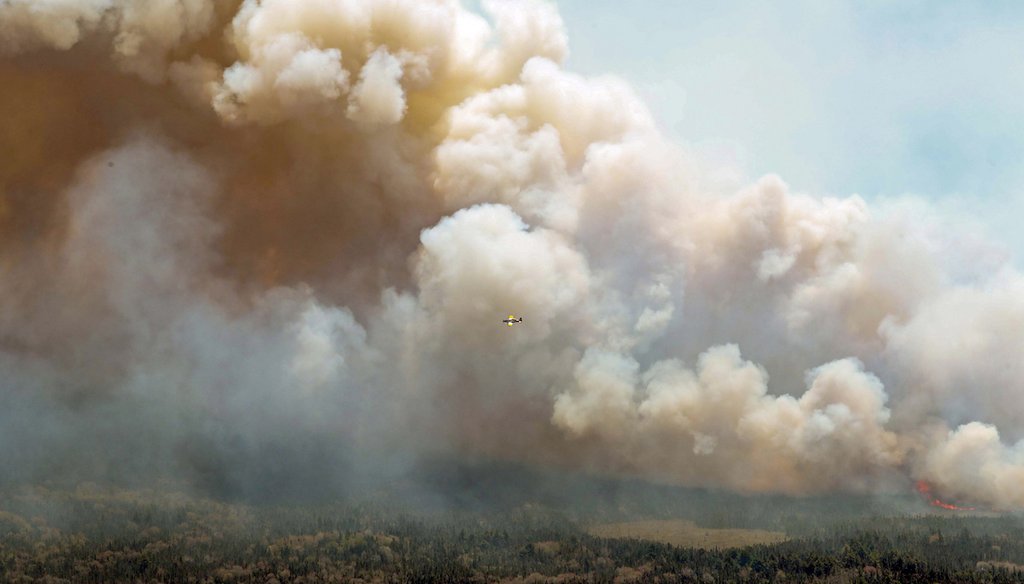View attachment 109355
View attachment 109352
With Canada facing one of its worst wildfire seasons in history and smoke from the fires blanketing parts of the United

www.politifact.com
Changes in human settlement patterns and agriculture have led to less burning in grasslands, tropical forests, and savannas.

earthobservatory.nasa.gov
They said a 600% rise, correct?
You are highlighting that the then said ‘in some types of forest’ as if that is a defence.
It is not. It is far from a defence. It is in fact evidence to the contrary…
If the 600% rise is ‘significant’ statistically, it will also show in an overall increase. Because if not, the only possibility is that reductions in other areas would have to be of a compensating magnitude.
So, there are three options here:
1. Global wildfires have fallen by a greater magnitude than those areas highlighted which have risen. This would seem remarkable, but if true, would indicate that these types of forest are outliers and that the global trend is on a very steep downward trajectory. If this is the case, their own evidence is totally debunking their own claim.
2. Their model is just plain wrong, ie they made an honest mistake. This is fair enough, but it is NOT fair to keep using and touting a model known to be wrong.
3. They have found a very specific, and very small forest, so small that a 600% rise is not significant in global terms. If it is not significant in global terms, why are we even talking about it? To use such an example, one in which they can state a 600% rise and yet it still be insignificant statistically is wrong by design, THAT is the manipulation of data right there !

 www.humanprogress.org
Publishes Video Claiming 14% INCREASE in Green Vegetation. Mostly Due to Excess Carbon in Air...
www.humanprogress.org
Publishes Video Claiming 14% INCREASE in Green Vegetation. Mostly Due to Excess Carbon in Air...














